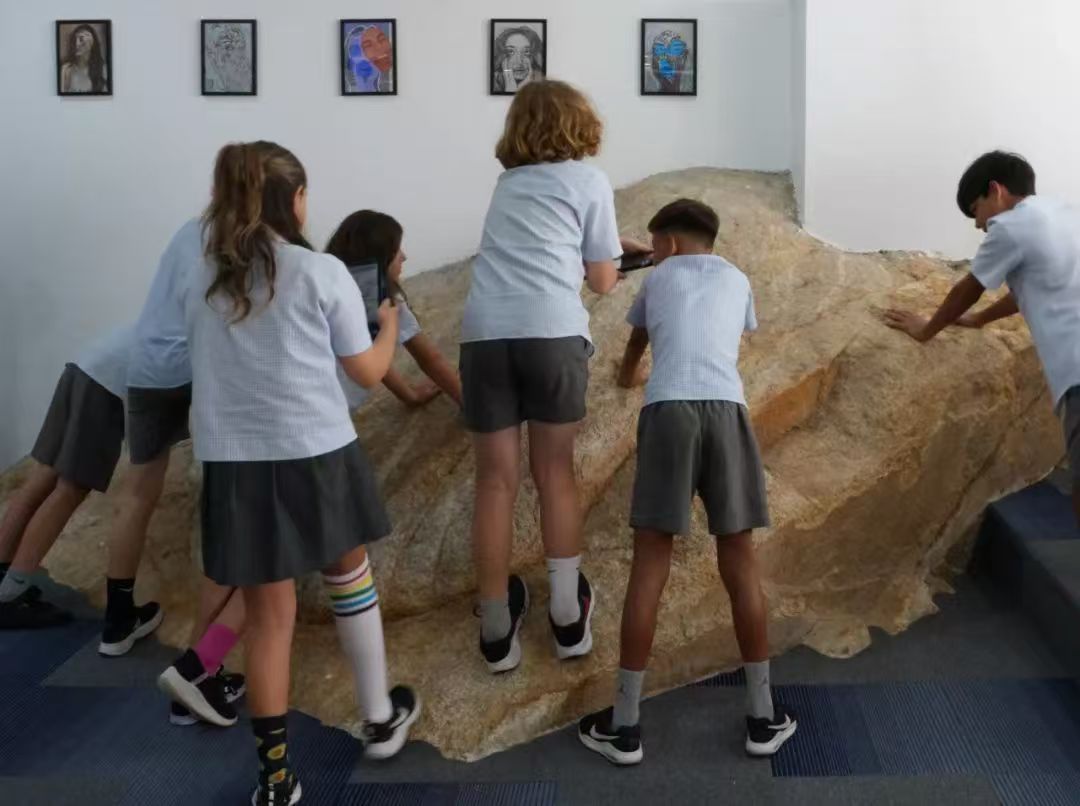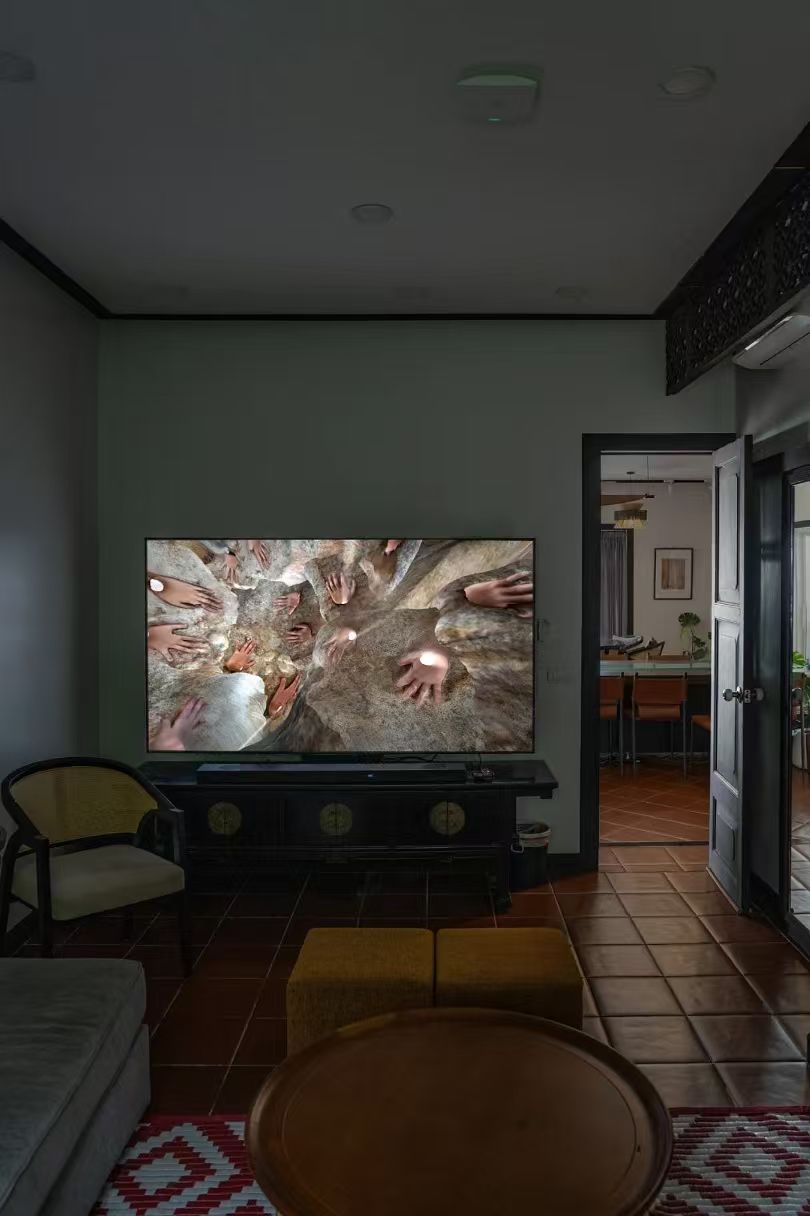Media Diet

Image courtesy of JW
A series exploring the media “input” of a group of people — our commercial semiotician colleagues, from around the world — whose “output” we admire.
Shanghai…
SEMIOVOX
What forms of media do you “take in” the most regularly/frequently, during a typical day or week?
JIAKUN WANG
I track four signal bands.
- Political‑economy briefings map the big gears — policy, capital, ideology.
- Platform discourse — on WeChat, Weibo, even Taobao — shows how those gears get translated into pricing, messaging, and brand tone.
- Visual vernaculars on Douyin and RED (Xiaohongshu) catch micro-aesthetic shifts before they congeal.
- Art-school shows or indie exhibitions work as ideational seismographs — registering concepts too soft or early for the market to absorb.
Of course, beyond these online secondary signals, I make a point to physically inhabit new retail environments, urban public spaces, and communal events. These embodied explorations provide sensory intelligence that digital surveillance simply cannot capture.
SEMIOVOX
What work of nonfiction (old or new) would you recommend to someone trying to make sense of today’s world?
JIAKUN WANG
We live in an era of no era. The modern project’s exhausted horizon leaves us suspended in a directionless present. So…
- Yuval Harari follows species-wide trajectories that increasingly risk being displaced by algorithmic timelines that favor prediction over narration.
- Hanzi Freinacht writes of metamodern structures fraying within both individuals and institutions.
- Bernard Stiegler probes technics and attention as unstable thresholds.
- Yuk Hui reopens the question of time through the plural inheritances of cosmotechnics.
Together, these authors share the same climate: one in which history stutters forward, and the ability to perceive and choose grows subtly eroded. Our memory grows thin, tools drift from meaning, and repetition masquerades as progress.
SEMIOVOX
Any other media “inputs” that you’d like to share?
JIAKUN WANG
I’m inspired by Li Weiyi’s 2024–25 Ground View #1 (the handprint project).
A shaft of daylight cuts through a rough‑hewn aperture. It spills from inside a vast digital boulder that seems to breathe in the dark. You stand in its hollow core, looking outward through hand‑shaped vents: the world is a distant shimmer, while the rock’s interior glows like a dim cavern of skin. This granite mass — an immovable fragment of Koh Samui [a Thailand island], once impossible to bulldoze — turns the camera around: earth becomes a camera obscura, humans the image on its walls.

Li Weiyi builds this inversion with 3‑D scanning and slow‑pulse projection. Children at the International School of Samui press their palms to the original boulder; each print — scanned with a slice of rock beneath — becomes a voxel in a hollow monolith. Stitched together, the scans form a quilt of luminous hands. Daylight needles through the cavities, proving the outside world is only a moving halo for the stone’s slow interior. The very code that might anesthetize attention turns pharmakon here: digital poison slowed into medicine, restoring the rock’s own point of view — inside looking out.
Thai island lore—and the spirit‑house shrines that guard each road—treat such boulders as silent guardians. Li splices that belief to prehistory: the glowing palms recall cave stencils that claim, I was here. Each aperture becomes a tiny lens, a hand‑eye that allows the stone to watch children running past. Mythic traffic reverses; the gate swings, but its hinge creaks the other way.
She folds three planes — mythic view, geologic time, digital skin — into one surface. Medium: a flat scan mutates into a lantern of granularity. Vector: the upward climb toward heaven flattens into a corridor where matter observes life. Tempo: a sprint of revelation decelerates to geologic pacing. Creative re‑translation becomes leverage: bending a far‑flung symbol to local stone re‑loops the circuit between immediate feeling, warm recall, and cool record.
The result negotiates speeds and scales. In the dim shell, children’s prints glimmer like constellations; each hole lets the island inhale sun and exhale history. Viewers feel briefly grafted to ancient strata, their own breath dragged into slower cadences. Land stops serving as décor beneath modern classrooms; it dictates every line of sight. In that hush, extractive fast‑forward modernity meets mineral tempo and is retuned — the same granite that halted a bulldozer and forced a school to build around it.

The stone doesn’t only resist removal — it resets the terms of encounter. Machines come here not to map or extract but to wait, adjust, and begin again under altered rules. A scanner slows to the island’s breath; a projector yields to the path of the sun. Tools reveal themselves as local, tied to another sky, another rhythm, another sense of memory. Knowledge no longer descends from a global template but rises, slowly, through stone. Seeing becomes conditional — on patience, on contact, on place. The digital is no longer a signal to push but a guest learning to speak in geological time.
Ground View #1 restores vision from the ground up. You exit and daylight feels reversed, as though the outside were glowing solely for stone to notice. Earth is not scenery but an active author, and looking now means borrowing its long, patient eye — the clear, small remedy our sped‑up feed still allows.
MEDIA DIET: GIANLLUCA SIMI (Brazil) | HIBATO BEN AHMED (France) | MARIE LENA TUPOT (USA) | EUGENE GORNY (Thailand) | YOGI HENDLIN (Netherlands / USA) | INKA CROSSWAITE (Germany / South Africa) | SÓNIA MARQUES (Portugal) | ĽUDMILA LACKOVÁ BENNETT (Czechia) | BRIAN KHUMALO (USA / South Africa) | JIAKUN WANG (Shanghai) | FRANCISCO HAUSS (China / Mexico) | ASHLEY MAURITZEN (England) | STEFANIA GOGNA (Italy) | BECKS COLLINS (England) | ANTJE WEISSENBORN (Germany) | MARIANE CARA (Brazil) | MARTHA ARANGO (Sweden) | PAULINA GOCH-KENAWY (Poland) | COCO WU (Singapore / China) | JOSH GLENN (USA) | JENNIFER VASILACHE (Switzerland) | ANDREA BASUNTI (England) | SARAH JOHNSON (Canada) | MARIA PAPANTHYMOU (Greece) | VICTORIA GERSTMAN (Scotland).
Also see these global semio series: MAKING SENSE (Q&As) | SEMIOFEST SESSIONS (monthly mini-conferences) | COVID CODES | SEMIO OBJECTS | COLOR CODEX | DECODER (fictional semioticians) | CASE FILE | PHOTO OP | MEDIA DIET | TATTOO YOU (semioticians’ tattoos).

